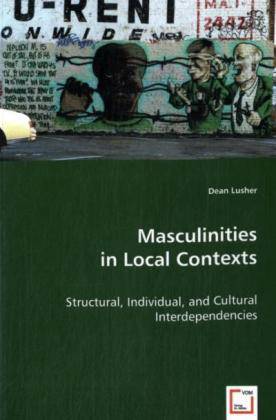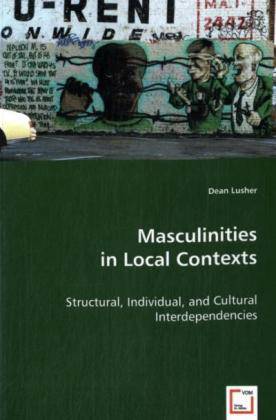
- Afhalen na 1 uur in een winkel met voorraad
- Gratis thuislevering in België vanaf € 30
- Ruim aanbod met 7 miljoen producten
- Afhalen na 1 uur in een winkel met voorraad
- Gratis thuislevering in België vanaf € 30
- Ruim aanbod met 7 miljoen producten
Zoeken
Masculinities in Local Contexts
Structural, Individual, and Cultural Interdependencies
Dean Lusher
Paperback | Engels
€ 110,45
+ 220 punten
Omschrijving
Knowledge of the terms sex and gender has important political, health and equity considerations. This book investigates a macro-structural social theory of gender (Connell, 1995), which proposes a relational and hierarchical conception of gender, and explores it in local social contexts. As the theory of gender is primarily concerned with differing configurations of masculinity, most notably hegemonic masculinity (a dominative form of masculinity), this book focuses on males and their relations with one another in secondary schools and all-male elite-level sporting teams. Specifically, this book overcomes a major theoretical impasse by recognizing that the ideology of supremacy of a dominative masculinity is necessarily interdependent with the structural relations of power and culturally defined norms of masculinity. Relations between masculinities are reframed into specific social network hypotheses, and quantitatively examined using statistical models for social networks. Hierarchies of masculinities that are misogynist, homophobic and violent can occur, though local context is particularly important and alternative non-dominative masculinities are possible.
Specificaties
Betrokkenen
- Auteur(s):
- Uitgeverij:
Inhoud
- Aantal bladzijden:
- 324
- Taal:
- Engels
Eigenschappen
- Productcode (EAN):
- 9783639037104
- Verschijningsdatum:
- 4/06/2008
- Uitvoering:
- Paperback
- Afmetingen:
- 150 mm x 19 mm
- Gewicht:
- 499 g

Alleen bij Standaard Boekhandel
+ 220 punten op je klantenkaart van Standaard Boekhandel
Beoordelingen
We publiceren alleen reviews die voldoen aan de voorwaarden voor reviews. Bekijk onze voorwaarden voor reviews.








